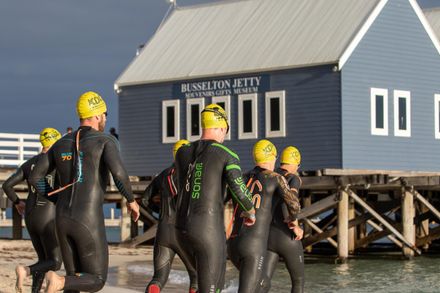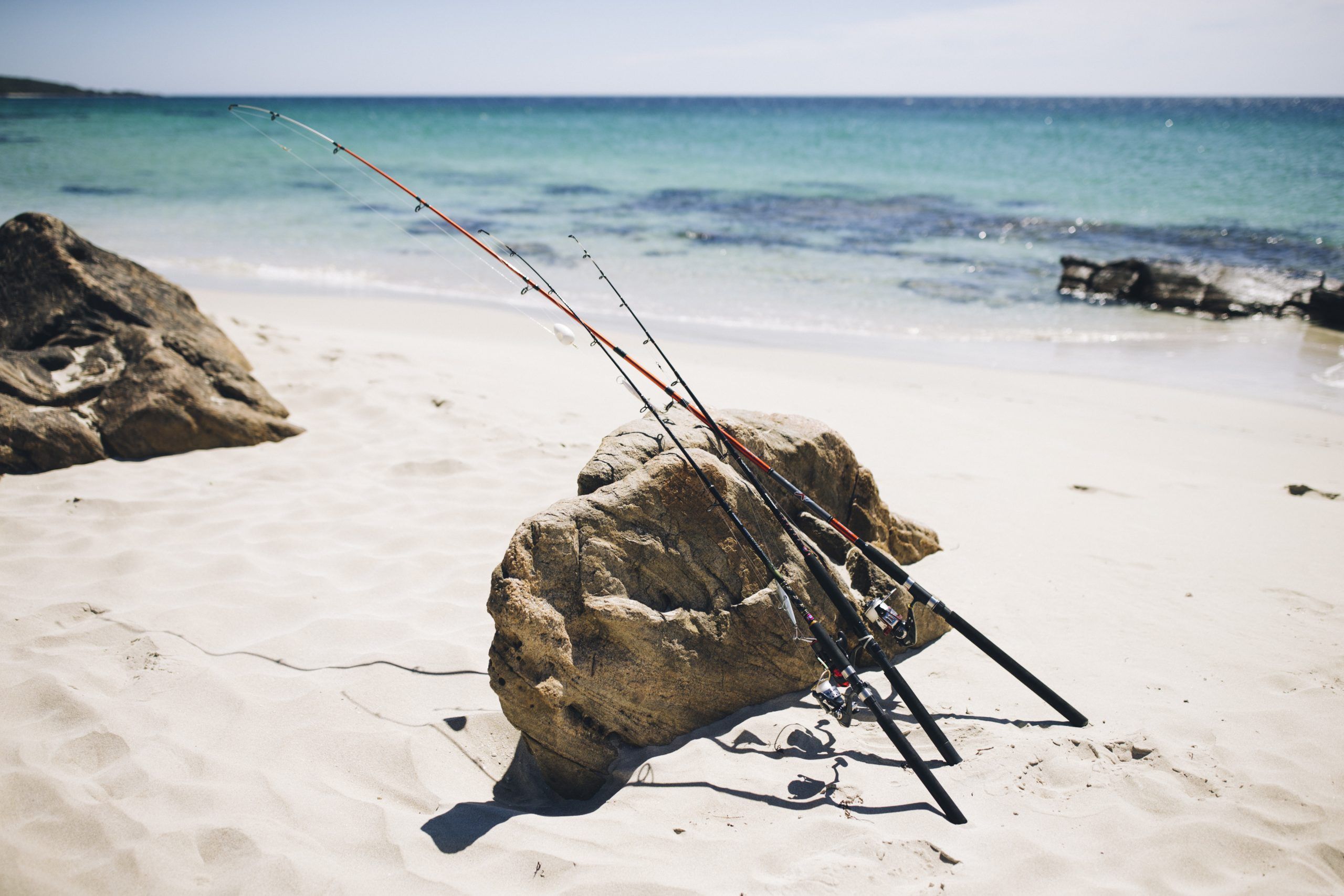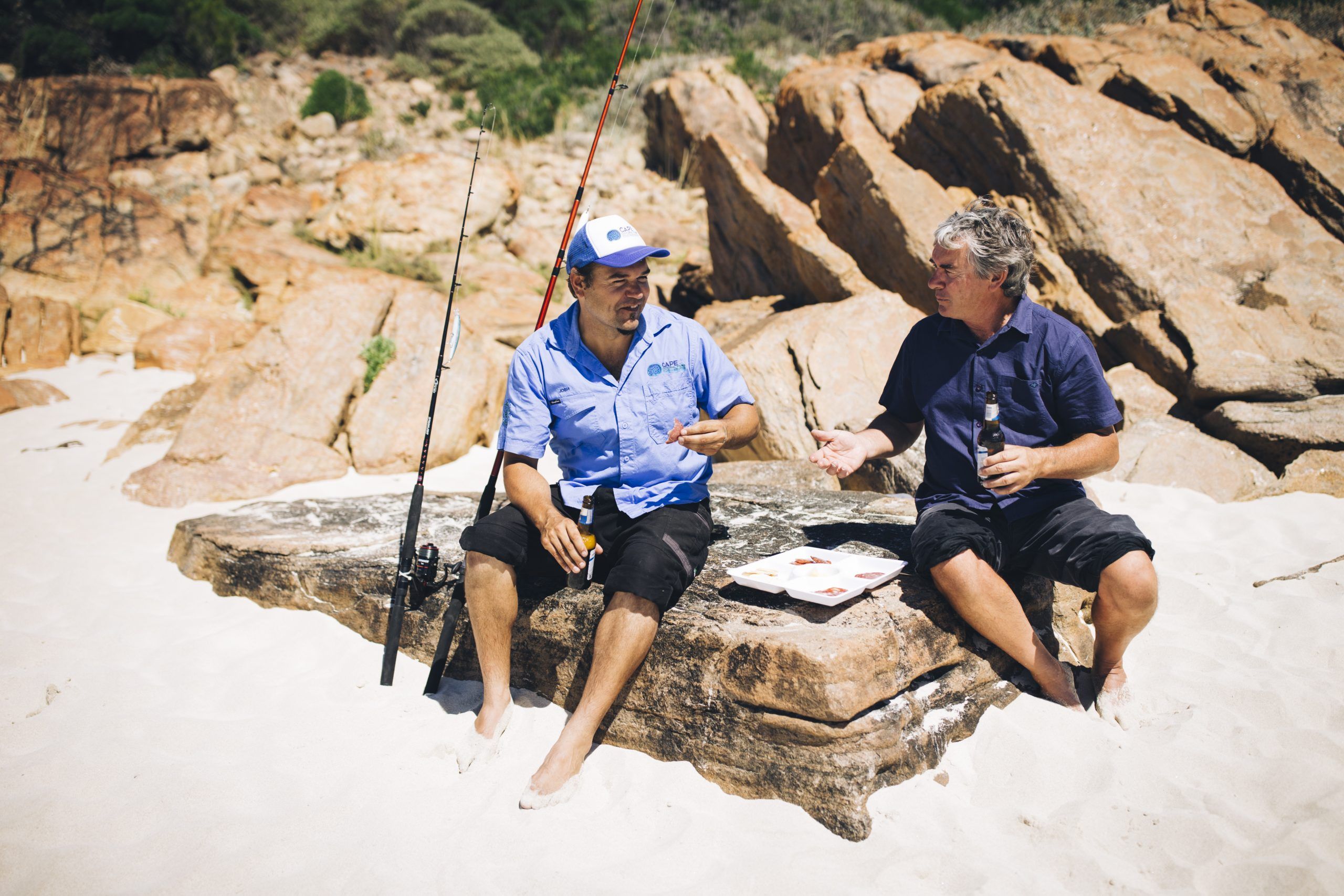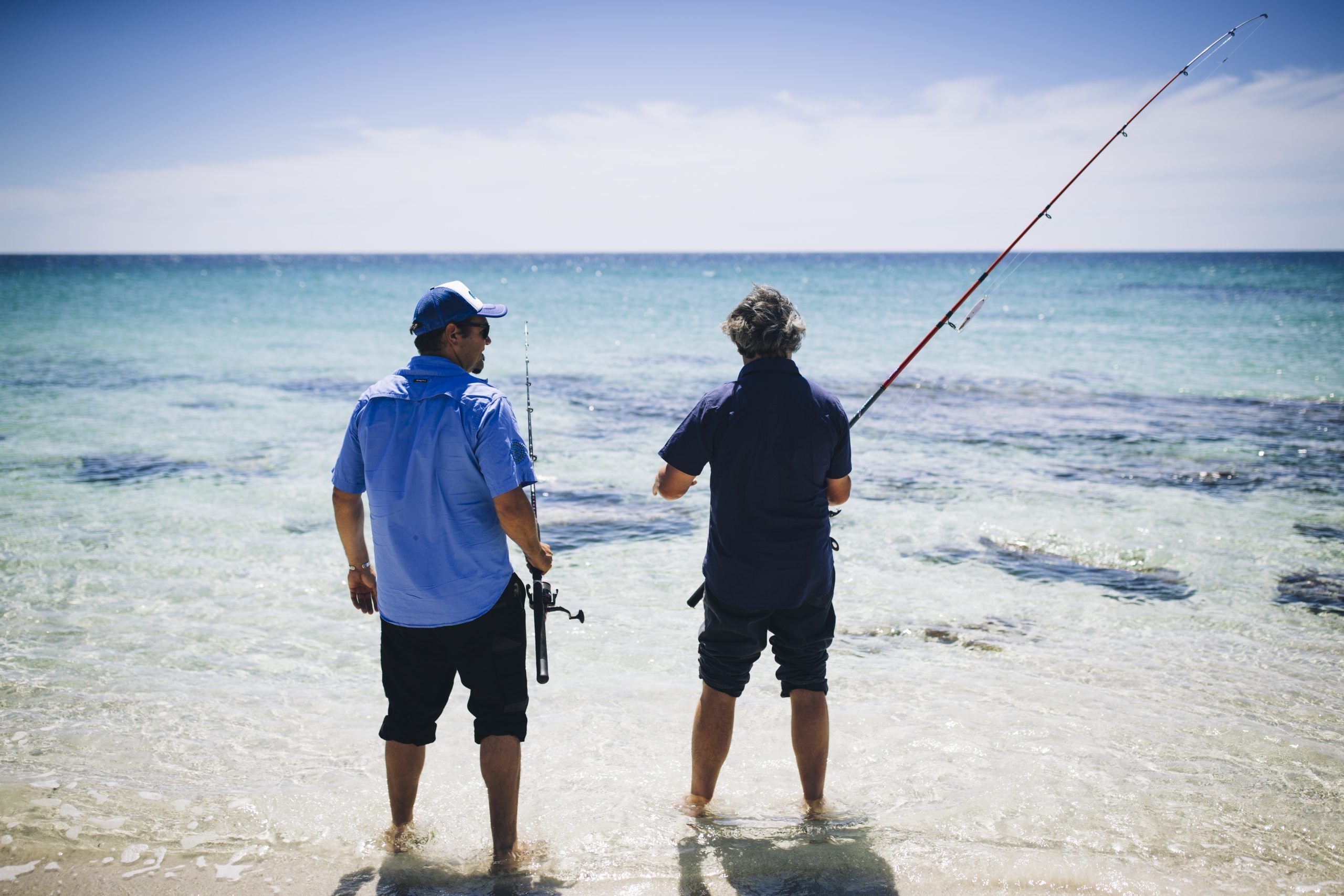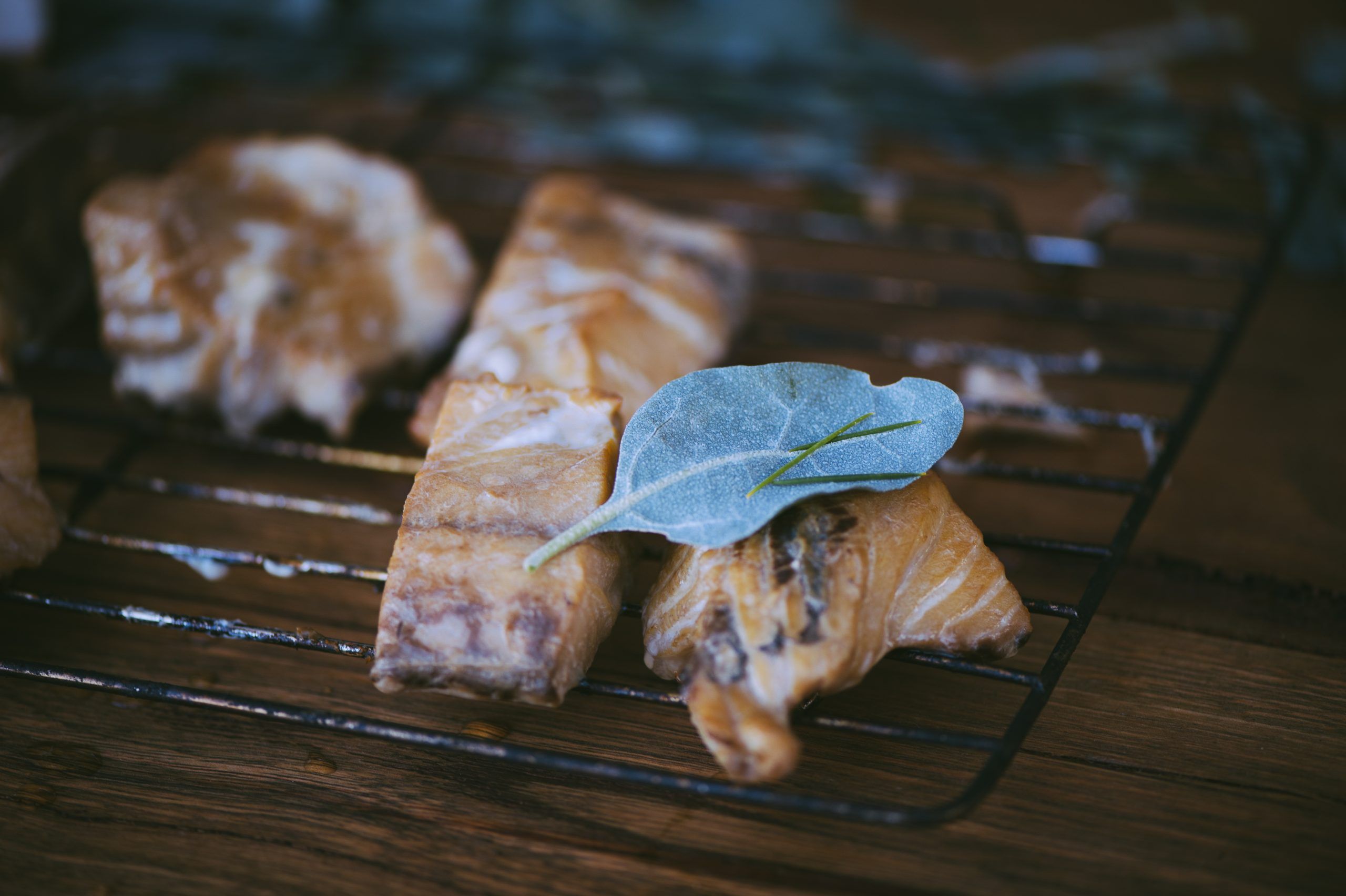April is a time when local waters are at their warmest, herring are at their fattest, and the celebrated Australian salmon are making their annual run up the coast.
The salmon migrate with the warm Leeuwin Current that is vital for them to lay their eggs. They congregate in particular abundance about the Margaret River Region. Here, great black whirlpools of up to 50-tonne of schooling fish strike a brilliant contrast against dazzling white sands and provide a sporting target for anglers, who can catch fish of up to ten kilograms directly off the beach.

